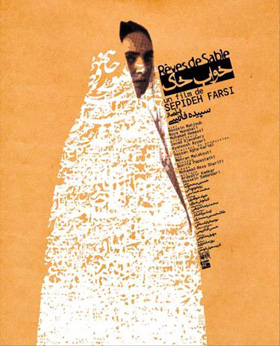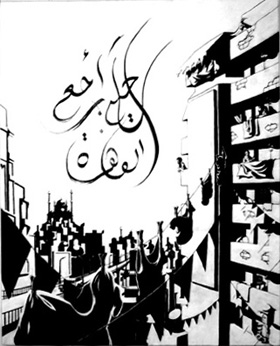Beyond the traditional
Calligraphy and modern art
Today, all kinds of artists use calligraphy in their work—sculptors, painters, graphic designers, graffiti artists, digital artists, silkscreen artists, etc. Despite these artists’ wide range of styles and their use of vastly different materials, all somehow incorporate calligraphy into their work.
Much of this art is far removed from the traditional calligraphy tradition of using pen and paper to write according to a set of rules. Especially as art becomes more abstract, writing and letters lose their legibility, and are used for their symbolic meaning and aesthetic beauty.
View more modern approaches to calligraphy in the album below.
1925 A.D. to today
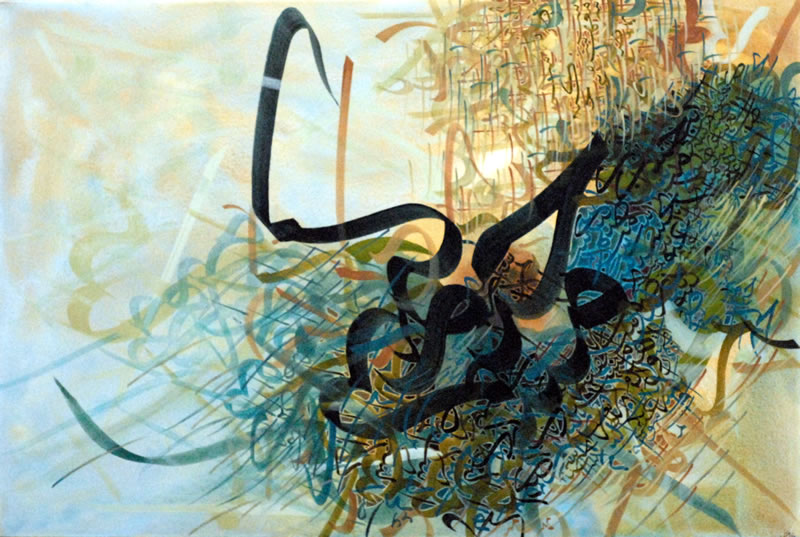
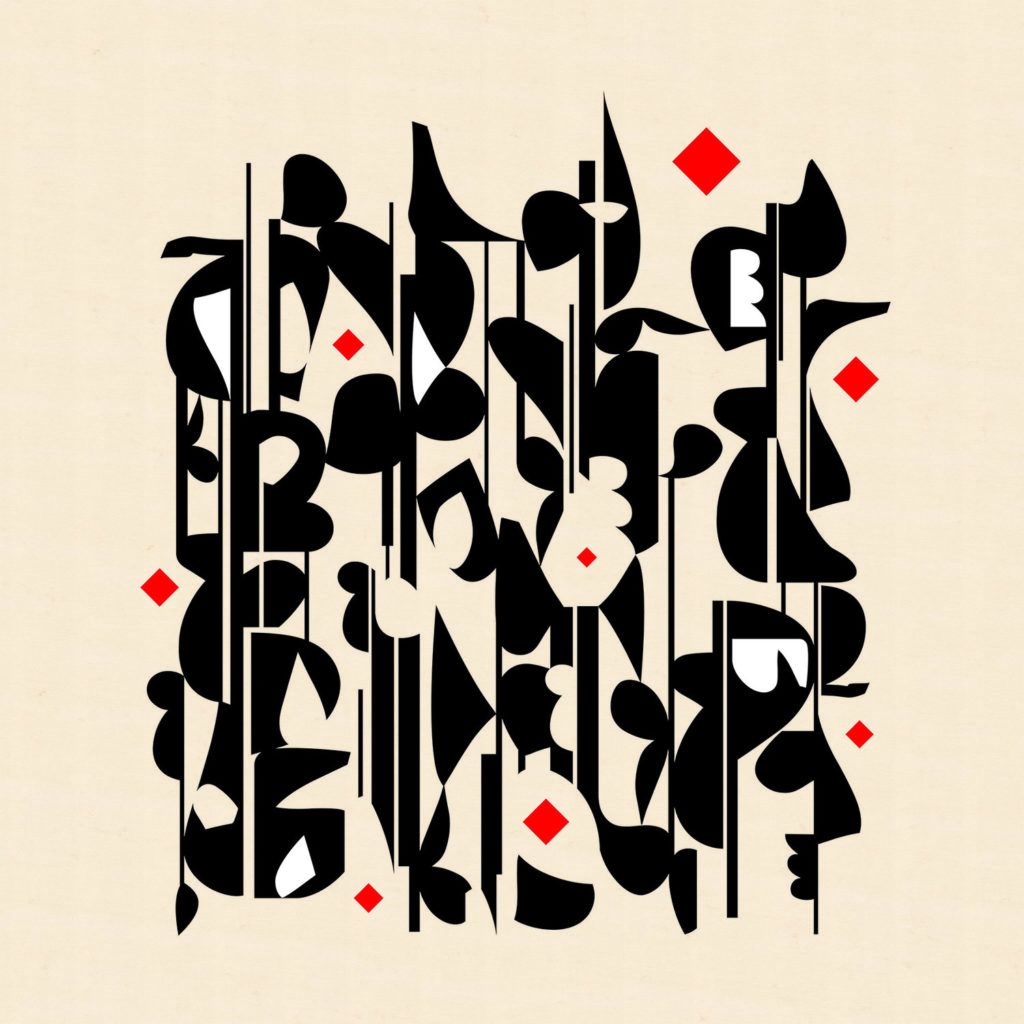
Calligraphy and typography
The printing press was not widely adopted in the Middle East until the 19th century because the technology used to set Arabic type on the press was cumbersome and produced unappealing results. The Arabic script is complex – the letters are connected to each other, and each letter changes shape depending upon the letters around it. With traditional metal-set type, it was difficult to replicate the vast number of shape arrangements that were needed to print a lengthy text. This early printed material was visually grating to someone accustomed to reading calligraphy.
In recent decades, digital technologies such as the OpenType font format have enabled the creation of new typefaces that represent the Arabic script more accurately. This has liberated typographers (people who create typefaces) to wrestle with more aesthetic considerations. For example, to what degree should typefaces look like calligraphy? Should typography remain rooted in its calligraphic past, or break from these roots so it can better meet the requirements of modern electronic media, such as cell phones and computer screens? As typographers struggle to answer these questions, they have developed many high-quality typefaces for the Arabic script, and we are likely to see significant progress in Arabic type design in the coming years.
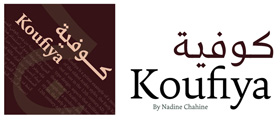
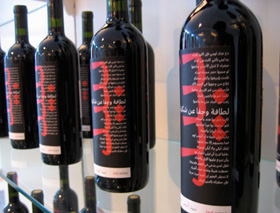
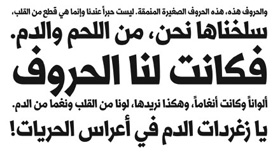
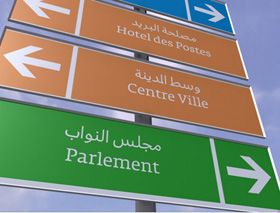
Calligraphy and politics
A few artists use calligraphic art to express political views on a wide variety of subjects. Commonly-addressed issues include the rights of women in the Islamic world, the tensions between Israel and Palestine and the recent wars in Afghanistan and Iraq.
Beautiful calligraphy gives truth more clarity.
The Prophet Mohammed (peace and blessings be upon him)
